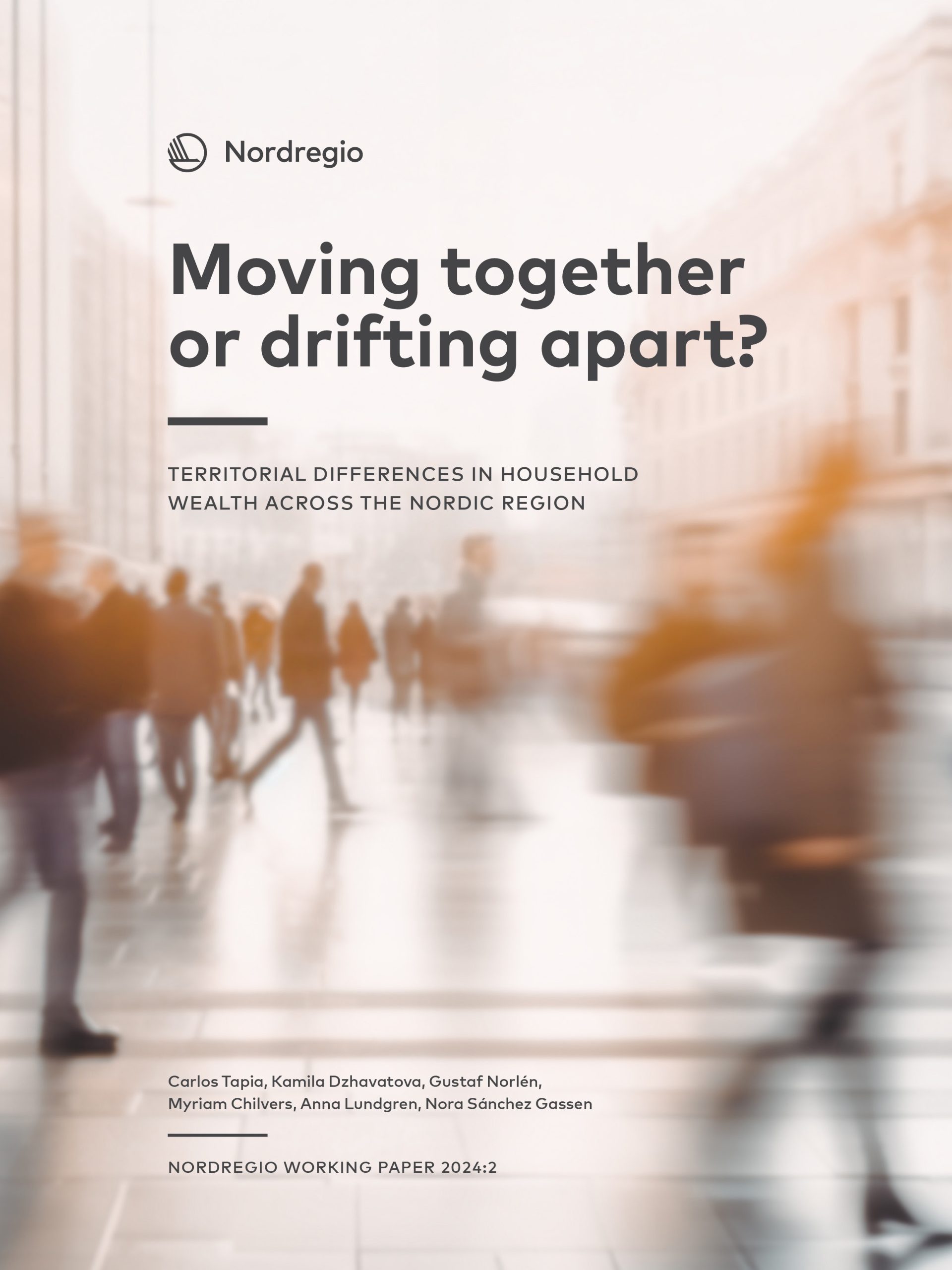This working paper analyses the territorial differences in household wealth across the Nordic Region. It examines the distribution and development of income inequality across the Nordics between 2005 and 2022, focusing especially on disparities at the municipal level and offers insights into the complex dynamics of income inequality in the Nordic Region.
This working paper presents empirical evidence on the development of income inequalities in the Nordic countries and self-governing territories during the first decades of the 21st century (2005-2022). The analysis focuses on the social and territorial expressions of socio-economic inequalities, considering income differentials within and between territorial units. The exploration builds on data collected at the
municipal level in Åland, Denmark, Finland, Greenland, Norway and Sweden, at the regional level in the Faroe Islands and for Statistical Output Areas in Iceland.
The analysis pays particular attention to the development of household income in rural and urban areas since the pre-2007 financial crisis. The discussion also sheds light on the relationship between average income levels and living standards in the various municipalities, as well as their respective levels of income inequality, exploring whether those two dimensions reinforce each other, meaning that greater levels of affluence lead to greater levels of inequality. The contribution of income inequalities within and between municipalities to inequality at societal level is also addressed.
The paper is a part of the project “Ensuring inclusive economic growth in the transition to a green economy (EnIGG)”. The project analyses how the Nordic countries can accelerate the green transition towards a climate-neutral economy. The paper is part of a working package that looks into the distributive effects of climate policies and analyses how gaps between richer and poorer population groups and regions have developed since the last economic crisis.












